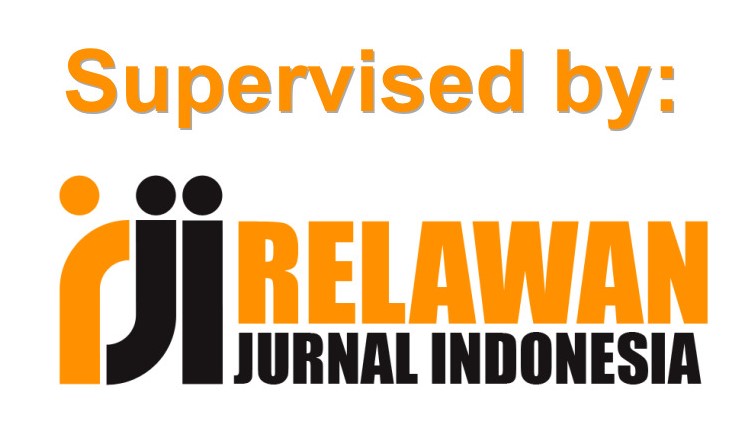Distance Learning For Music Practice In College: Benefits, Drawbacks, And Challenges
DOI:
https://doi.org/10.24114/grenek.v10i2.27900Keywords:
distance learning, courses, music, practiceAbstract
The COVID-19 pandemic has impacted all sectors of human life globally, including the world of education. The world of education is forced to adapt by implementing a distance learning system to limit the mobility of educators and students. Program Studi D4 Penyajian Musik ISI Yogyakarta is one of the educational institutions that conduct distance learning. As a vocational education institution, ISI Yogyakarta helds many music practice courses to support its students' skills. This research aims to determine the benefits, drawbacks, and challenges of the distance learning system in music practice courses. This research is a qualitative study with 2 methods of data collection, namely in-depth interviews and questionnaires. Questionnaires were distributed to the respondents which are active students of the Prodi D4 Penyajian Musik, ISI Yogyakarta and will be confirmed by the results of in-depth interviews with the subject lecturers. The research results were formulated using the Miles & Huberman concept, namely: (1) data reduction; (2) data presentation; and (3) drawing conclusions (Miles & Huberman, 1984). The results of the study are concluding sentences about the benefits, drawbacks, and challenges of the distance learning method. These conclusions will be the basis for developing recommendations for the most effective distance learning process for the form of music practice lectures.References
Dede, C. (1996). The Evolution of Distance Education: Emerging Technologies and Distributed Learning. American Journal of Distance Education, 10 (2), 4-36.
Djohan, 2003. Psikologi Musik, Yogyakarta: Penerbit Buku Baik
Groulx, T. J., & Hernly, P. (2010). Online Master™s Degrees in Music Education: The Growing Pains of a Tool to Reach a Large Community. Update: Applications of research in music education, 28 (2), 60-70.
Julia, J, 2017. Pendidikan Musik: Permasalahan dan Pembelajarannya, Sumedang: UPI Sumedang Press.
Kos, R. P., Jr., & Goodrich, A. (2012). Music teachers™ professional growth: Experiences of graduates from an online graduate degree program. Visions of Research in Music Education, 22. Retrieved from http://www.rider.edu/~vrme
Koutsoupidou, T. (2013). Online Distance Learning and Music Training: Benefits, Drawbacks, and challenges. Musicae Scientiae, ΧΙΙ (2), 311-335.
Levy, S. (2003). Six Factors to Consider When Planning Online Distance Learning Programs in Higher Education, Online Journal of Distance Learning Administration, VI (1).
Miles, A & Michael Huberman, 2014. Qualitative Data Analysis: A Methods Sourcebook, California: Sage Publication.
Sugiyono (2015), Metode Penelitian Pendidikan, Pendekatan Kuantitatif, Kualitatif, dan R&D (cetakan ke 22), Bandung: Alfabeta CV
Widodo, T. W. (2016). Keterbatasan Peran Pendidik: Praktik Musik Masa Pandemi Covid-19. https://www.researchgate.net/publication/349058276
Downloads
Published
Issue
Section
License
Copyright (c) 2021 Agnes Tika Setiarini

This work is licensed under a Creative Commons Attribution-ShareAlike 4.0 International License.
Authors published with the Grenek: Jurnal Seni Musik agree to the following terms:
- Authors retain copyright and grant the journal the right of first publication with the work simultaneously licensed under a Creative Commons Attribution License (CC BY-SA 4.0) that allows others to share the work with an acknowledgment of the work's authorship and initial publication in this journal.
- Authors are able to enter into separate, additional contractual arrangements for the non-exclusive distribution of the journal's published version of the work (e.g., post it to an institutional repository or publish it in a book), with an acknowledgment of its initial publication in this journal.
- Authors are permitted and encouraged to post their work online (e.g., in institutional repositories or on their website) prior to and during the submission process, as it can lead to productive exchanges, as well as earlier and greater citation of published work. (See The Effect of Open Access)








